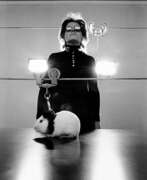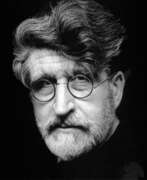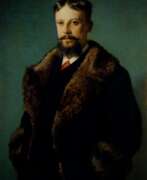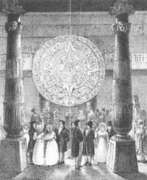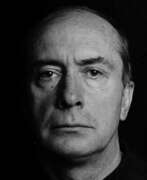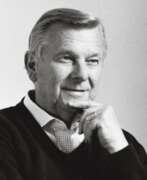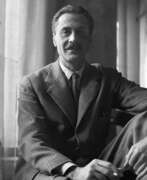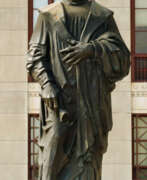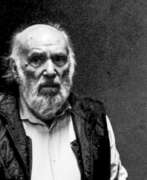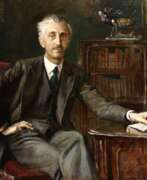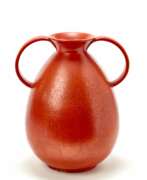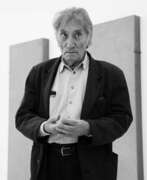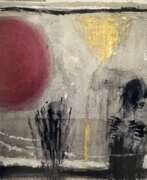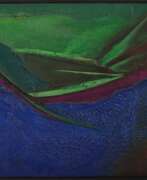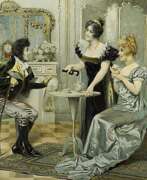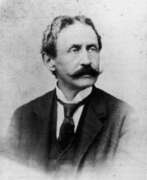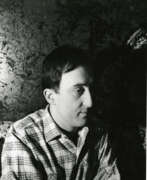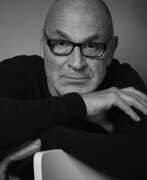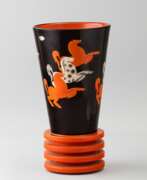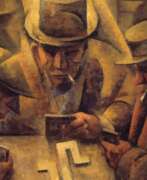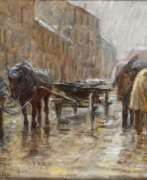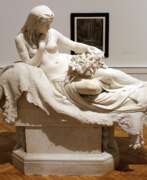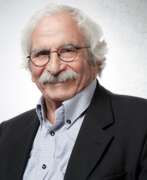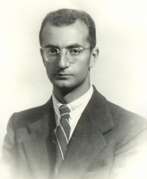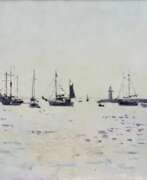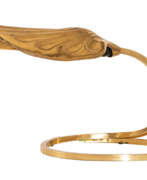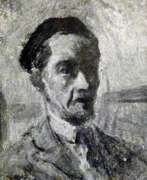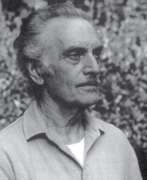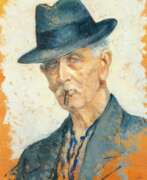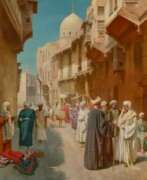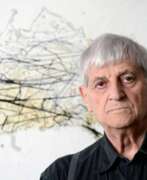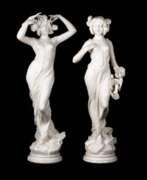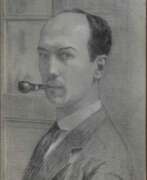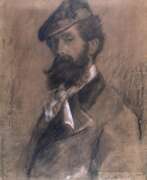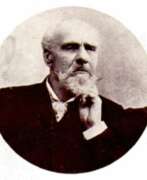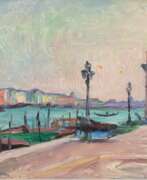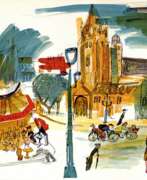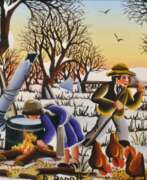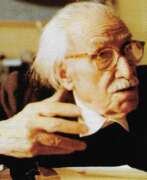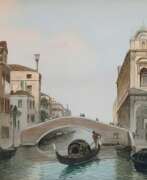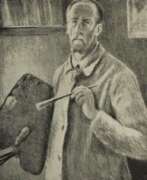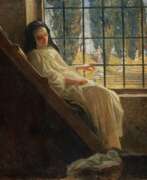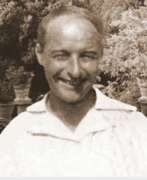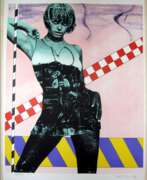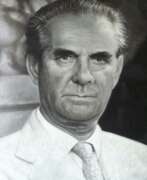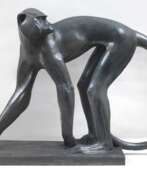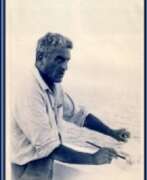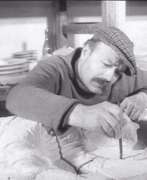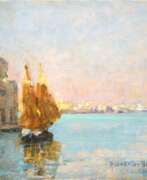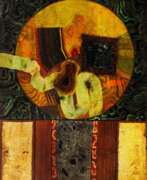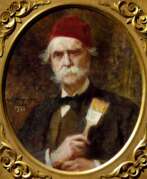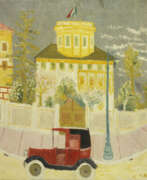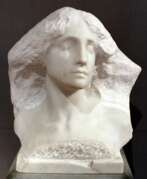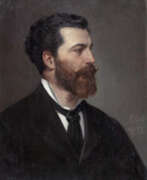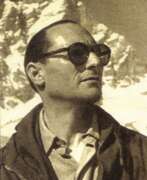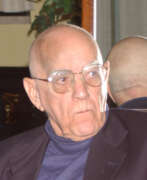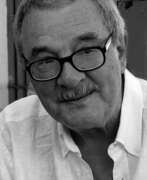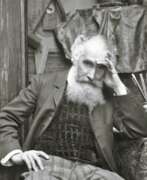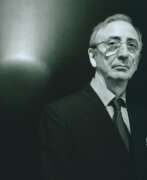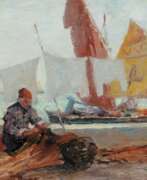Italy 20th century
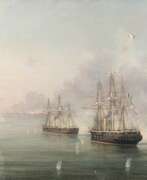

Antonio De Simone was an Italian marine painter.
He created many paintings depicting various ships at sea: frigates, yachts, sailing ships and steamships, in the storm and with the sails down. De Simone also painted historical battle scenes, such as his famous painting - "Bombardment of Alexandria", which is in the Royal Greenwich Museums.
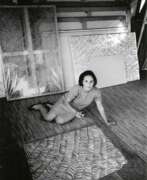

Carla Accardi was an Italian abstractionist painter associated with the Arte Informel and Arte Povera movements and a founding member of the art groups Forma (1947) and Continuità (1961). She studied painting at the Academy of Fine Arts in Palermo and Florence.
Carla Accardi was known for her innovative use of materials and her exploration of geometric shapes and vivid colours. One of her notable contributions was the introduction of the "tela intrecciata" (interwoven canvas) technique, in which she used strips of coloured canvas to create textured and layered compositions.
Accardi's work often exhibited a sense of rhythm and movement, a dynamic arrangement of forms and lines. Her compositions are characterised by a sense of balance and harmony and often incorporate elements of repetition and symmetry.
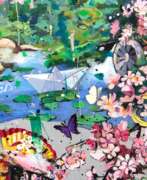

Angelo Accardi is a contemporary Italian artist. He grew up surrounded by both modern and traditional art. Although he studied fine art at the Art Academy of Naples, he never completed his training. Angelo Accardi illustrates surreal visions of everyday life under realistic backdrops of urban and natural landscapes. There is never a single meaning, but a whole story behind each painting. Ironic, striking, and playful, Accardi’s unique perspective and avant-garde style is a result of his diverse inspirations.
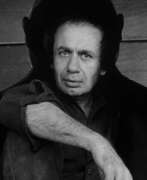

Vito Acconci was an American artist, designer, and architect. He is best known for his pioneering work in the field of performance art and for his provocative installations that explore the relationship between the human body and space.
Acconci received a Bachelor of Arts degree from Holy Cross College in 1962. He later earned a Master of Fine Arts degree from the University of Iowa.
In the late 1960s and early 1970s, Acconci became known for his groundbreaking performance works, which often involved the artist subjecting his own body to various forms of physical and psychological stress.
In the 1980s and 1990s, Acconci shifted his focus to installation art, creating immersive environments that challenged viewers' perceptions of space and their own bodies. He also worked as a designer and architect, creating public sculptures and buildings around the world.
Acconci's work has been exhibited in major museums and galleries worldwide, including the Museum of Modern Art in New York and the Venice Biennale. He received numerous awards and honors for his contributions to contemporary art, including the Skowhegan Medal for Sculpture in 1995.
His legacy as an influential and provocative artist continues to be felt in the contemporary art world today.
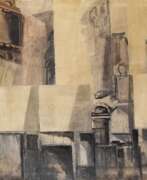

Peter Ackermann was a German painter and graphic artist. He became known for his alienation of architectural subjects. Ackermann was a representative of fantastic realism. The preferred subject of his work was classical Italian architecture, which he drew on site. He put together columns, portals and walls with machine parts, ruins and desolate parts of the city, which were piled up threateningly and thus alienated. In his etchings he showed references to the techniques of the old masters, his pictorial conception is compared with that of Giovanni Battista Piranesi and Canaletto.
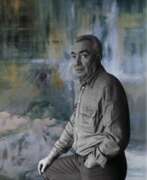

Giuseppe Ajmone was an Italian painter and printmaker.
He studied painting at the Brera Academy of Fine Arts in Milan and in 1946 was one of the signatories of the Realist Manifesto, also known as "Oltre Guernica.
Ajmone painted both landscapes and still lifes as well as semi-abstract figures.
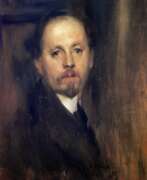

Antonio Ambrogio Alcati was an Italian academic painter, portraitist, master of frescoes and teacher. He studied painting at the Vercelli Institute of Fine Arts and the Brera Academy of Fine Arts.
Ambrogio Alcati's work is also influenced by Impressionism.
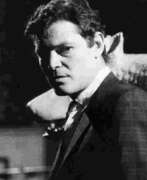

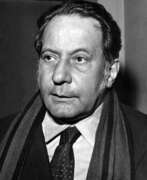

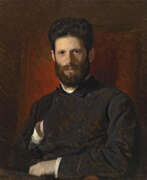

Mark Matveyevich Antokolsky (Russian: Марк Матве́евич Антоко́льский) was a 19th century Russian sculptor and writer. He is known as a representative of the realistic style and as the first sculptor of Jewish origin to gain international fame.
Mark Antokolsky devoted most of his career to the depiction in marble, plaster and bronze of the real characters of Russian history and achieved wide recognition already at a young age. His works were highly appreciated not only in Russia but also abroad and the artist was elected a member of many European academies of arts.
Mark Antokolsky was also a very successful writer. He often wrote publicistic articles on the development of the visual arts, and shortly before his death he published a novel describing real-life events in the life of the Jews in the Russian Empire.
Although from the early 1870s Mark Antokolsky spent most of his time living in France, he never lost touch with Russia - he constantly carried out orders for the royal family and the Russian Academy of Arts, wrote articles for Russian magazines, and regularly held solo exhibitions of his works in St. Petersburg.
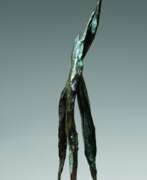

Helen Ashbee is a British artist, sculptor and jeweller. Daughter of renowned architect, designer and social reformer Charles Robert Ashbee.
Helen Ashbee was a textile designer and after the death of her husband, Italian painter Francesco Cristofanetti, she finds her real business in Paris - 'abstract sculpture' and related jewellery, for which she always did many preparatory drawings.
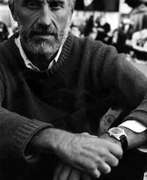

Ugo Attardi was an Italian painter, sculptor and writer. Attardi moved from Genoa to Rome in the early 1950s, where he formed the group Forma 1 together with other artists. His sculpture of Ulysses is now permanently installed in Battery Park in New York
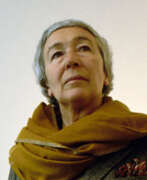

Gaetana (Gae) Aulenti was an Italian architect and designer who was active in furniture design, graphic design, stage design, lighting design, exhibition and interior design. She was known for her contributions to the design of important museums such as the Musée d'Orsay in Paris (in collaboration with ACT Architecture), the Contemporary Art Gallery at the Centre Pompidou in Paris, the restoration of Palazzo Grassi in Venice, and the Asian Art Museum of San Francisco (in collaboration with HOK Architects). Aulenti was one of only a few women architects and designers who gained notoriety in their own right during the post-war period in Italy, where Italian designers sought to make meaningful connections to production principles, and influenced culture far beyond Italy. This avant-garde design movement blossomed into an entirely new type of architecture and design, one full of imaginary utopias leaving standardization to the past.
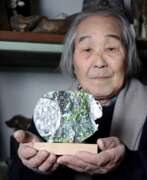

Kenjiro Adzuma (Japanese: 吾妻 兼治郎) is a Japanese abstraction sculptor known for his avant-garde and innovative approach to sculpture and installation art, one of Japan's most important post-World War II artists. He also lived and worked in Italy for many years. He studied sculpture at the Graduate School of Art at the University of Tokyo and at the Brera Academy of Fine Arts in Milan, where he attended Marino Marini's class.
Kenjiro Adzuma was a key figure in the Japanese art movement known as Mono-ha (School of Things) in the late 1960s and early 1970s. Mono-ha artists explored the relationship between natural and industrial materials, often juxtaposing them to create thought-provoking installations.
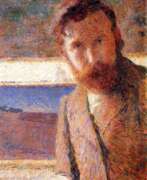

Giacomo Balla was a great painter of the 20th century, representative of the first wave of Italian futurism, one of the most influential masters of the last century.
Giacomo Balla's work is an attempt to convey dynamics, to capture the very essence of movement. His paintings are lyrical, full of light and rhythm.
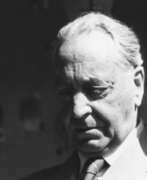

Ercole Barovier is an Italian glass artist and designer.
In 1936 he founded Ferro Toso Barovier together with his brothers Dezio and Artemio Toso, which became Barovier — Toso & Co. in 1939 and Barovier & Toso in 1942.
He was also artistic director of the glassworks until 1972.
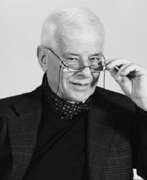

Carlo Bartoli is an Italian architect and designer. Author of numerous projects, such as the Gaia chair, included in the permanent design collection of the MoMA in New York and the Milan Triennale Design Museum, and the 4875 chair for Kartell, the world's first made of polypropylene, as well as part of the design collection of the Pompidou Center in Paris.


Mirko Basaldella is an Italian and American sculptor and artist.
Born into a creative family, he displayed his talent from a young age and participated in the Italian Biennale. In 1957 Basaldella moved to Cambridge, Massachusetts, and was elected a Fellow of the American Academy of Arts and Sciences in 1962.
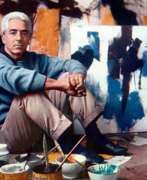

Afro Basaldella was an Italian abstractionist painter, a representative of lyrical abstraction, better known as Afro.
Afro's father and uncle were decorators, his two older brothers became sculptors, and to avoid confusion with surnames, the artist began signing his works with his first name only. Bazaldella trained in Florence, Venice and Rome. Shortly after graduation, his first monographic exhibition was held in Milan.
From 1935, Afro exhibited regularly at the Quadrennale in Rome and the Biennale in Venice. He made frescoes, notably for the Udine Opera House, and mosaics, and tried his hand at painting in a variety of directions. In 1941 he became a lecturer in mosaic painting at the Venice Academy of Fine Arts, and in 1950 he caused a sensation in the United States, and by the mid-1950s Afro's art was world famous.
Afro interpreted the Italian tradition in a modern abstract form that resulted from his painterly studies of color harmony.
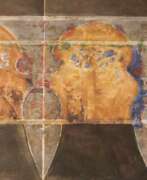

Franco Batacchi was an Italian painter and sculptor.
Franco Batacchi presented himself as a Renaissance artist, curious about modern experiments, including materials such as ink and gold leaf on paper made by himself. From paper he could move with equal talent to sculptures in steel, other metals and glass.


Leonardo Bazzaro was an Italian painter who worked mainly on landscapes and vedutas. He studied painting at the Brera Academy in Milan.
Leonardo Bazzaro is considered one of the leading representatives of Lombard naturalism.
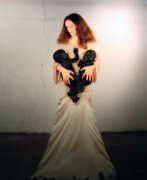

Vanessa Beecroft is an Italian-born American contemporary performance artist; she also works with photography, video art, sculpture, and painting. Many of her works have made use of professional models, sometimes in large numbers and sometimes naked or nearly so, to stage tableaux vivants. She works in the United States, and is based in Los Angeles as of 2009. Her early work was focused on gender and appeared to be autobiographical; her later work is focused on race. Starting in 2008 she began working with Kanye West on collaborations and commercial projects.
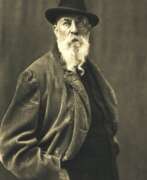

Reinhold Begas was a German sculptor of the second half of the 19th century. He is known as a representative of the neo-baroque style of the Berlin school of sculpture. Many of Begas' works still adorn squares in Berlin and other German cities today.
Reinhold Begas was the most famous representative of the family dynasty of painters and sculptors. His father Carl Joseph Begas, his brothers Carl Begas, Oskar Begas and Adalbert Begas and his eldest son Werner Begas all left their mark on German culture.
Reinhold Begas was one of the first professors at the Weimar School of Art. Until his death, the sculptor was a member of the Association of German Artists and a professor at the National Academy of Art.
During his lifetime, Begas created hundreds of works, including statues, busts, tombstones and bas-reliefs, but many of them were later destroyed during wars, revolutions and regime changes, including for political reasons.


Mario Bellini is an Italian architect and designer. After graduating from the Polytechnic University of Milan in 1959, Bellini pursued a career as an architect, exhibition designer, product designer, and furniture designer, during the Italian economic boom of the late 20th century. Bellini has received several accolades in a variety of design fields, including eight Compasso d'Oro awards, and the Gold Medal for Lifetime Achievement by the Triennale di Milano. In 2019, the Italian President of the Chamber of Deputies, Roberto Fico, awarded Bellini a career medal, in recognition of his contributions to Italian architecture and design.
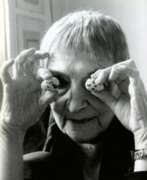

Mirella Bentivoglio is an Italian painter, sculptor and poet, representative of visual concrete poetry.
She was trained as an art historian and artist in Italy, Switzerland and England, and in the 1960s she joined the concrete poetry movement and began to use elements of the alphabet to create expressive images. A few years later, Bentivoglio became increasingly interested in sculpture, turning letters into three-dimensional forms. In many of her later works, two images, a book and an egg, began to recur.


Mauro Bergonzoli is an Italian artist living and working near Munich.
Mauro showed a talent for drawing early on and found work quite quickly in advertising agencies in Milan. This was followed by a 25-year career as a creative director in commercial and animated films. It was only after that that Bergonzoli turned to pure art.
Bergonzoli is best known for his contemporary "canaletto-sketch" interpretations of Venice. In his signature neo-pop style, he shows the ancient trading city in all its splendor and splendor. The artist uses mostly acrylic paints, and his favorite chips - the all-seeing eye and the magic rabbit - give a twist to his creations.
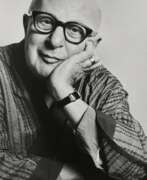

Eugène Berman was a Russian-born American painter and stage designer associated with the Surrealist and Neo-Romantic movements.
Eugene Berman's work often portrayed dreamlike landscapes, architectural structures and enigmatic figures. Berman was known for his meticulous attention to detail, rich colour palette and sense of theatricality in his compositions.
In his paintings, Berman created a world of poetic and mysterious atmosphere, evoking a sense of melancholy and introspection. His subjects often included mythological or allegorical figures, ruins and stage sets. His work had a surrealistic quality, mixing reality and imagination.
Eugène Berman also made a significant contribution to set design for theatre productions, particularly in collaboration with his wife, Leonora Carrington, a renowned surrealist painter. Their joint artistic vision brought surreal and fantastical elements to the stage, enhancing the overall theatrical impression.


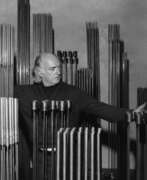

Harry Bertoia was an American artist, sculptor and furniture designer of Italian origin. He is best known for his innovative metal sculptures and iconic furniture designs.
In the 1940s and 1950s, Bertoia worked with Charles and Ray Eames in the moulded plywood division of Evans Products Company. It was at this time that he began experimenting with wire as a medium for sculpture and furniture design. The Bertoia Diamond wire mesh chair, introduced in 1952, was one of his most iconic and influential designs. Made by bending and welding wire, the chair combined aesthetic appeal with comfort and functionality.
In his sculptural work, Bertoia often created complex and abstract forms using metal rods and wire. He explored the sonic properties of his sculptures, which led to the creation of his famous 'Sounding Sculptures' series. These large-scale metal sculptures produced ethereal sounds when touched or exposed to the wind.


Mario Bettinelli was an Italian painter.
At the beginning of his artistic career Mario Bettinelli focused on allegorical subjects and women's portraits. And during the thirties and especially after the Second World War, he devoted himself to depicting the Lombard landscape.


Remo Bianco is an Italian painter and sculptor.
He was educated at the Brera Academy. Bianco worked in the technique of collage, creating works in wood, plexiglass and metal, always multi-layered, carved in different forms. In parallel with his work on collages, Bianco created the most famous and most appreciated cycle of all his works, Paintings by Dore.


Gastone Biggi was an Italian painter, sculptor, writer, poet, and musicologist.
Biggi combined painting with his activities as an art writer and musicologist. In 1962 his key work The Birth of the Point was published, theorizing the study of the sign module, which he would develop throughout his life. That same year he formed Group 1.
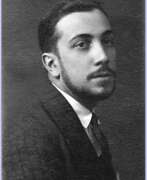

Boris Konstantinovich Bilinsky (Russian: Борис Константинович Билинский) was a Russian-born artist and designer, renowned for his significant contributions to set and costume design in theater, cinema, and ballet, as well as his accomplishments as a graphic artist. Bilinsky's career took him across Europe, from Russia to Germany, France, and eventually Italy, reflecting a life influenced by political and social upheavals of the early 20th century. His departure from Russia in 1920 marked the beginning of a prolific period in Berlin where he collaborated with prominent Russian emigre movie directors and theater companies. By 1923, Bilinsky had moved to Paris, becoming an integral part of the French cinema scene, notably designing posters and publicity material for the French release of Fritz Lang’s "Metropolis" in 1927, a commission that solidified his reputation as a leading cinema poster artist.
Bilinsky's creative vision extended beyond the cinema to the world of ballet and opera, where he made significant contributions, including designing for the Teatro alla Scala in Milan. His work for the "Follie viennesi" ballet in 1947, with music by Johann Strauss, showcased his ability to blend artistic freedom with the thematic requirements of the productions, employing vibrant colors and shapes that echoed the circular motion of a waltz.
Throughout his career, Bilinsky's versatility and talent were evident in the range of his work, from cinema posters to set and costume designs for prestigious theater productions. His legacy is preserved through collections and exhibitions, ensuring his artistic contributions continue to inspire and influence.
For collectors and experts in art and antiques, Boris Konstantinovich Bilinsky remains a figure of great interest due to the breadth of his work and the artistic prowess he displayed across various mediums. His contributions to the visual arts, particularly in the realm of set and costume design, cement his place in history as a versatile and innovative artist whose work transcends time and geographic boundaries.
Sign up for updates on Boris Konstantinovich Bilinsky to stay informed about new product sales, auctions, and exhibitions related to this remarkable artist. Your subscription will ensure you are the first to know about these exclusive events and opportunities.
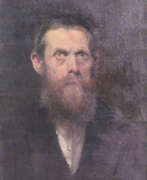

Eugène de Blaas was an Italian painter in the school known as Academic Classicism.
Eugene de Blaas' paintings were exhibited at the Royal Academy, Fine Art Society, New Gallery and Arthur Tooth and Sons Gallery in London, and also at the Walker Art Gallery in Liverpool.
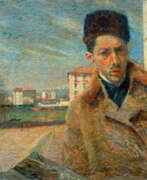

Umberto Boccioni was a famous Italian artist of the early 20th century, an avant-garde sculptor, the founder and inspirer of Futurism.
Umberto Boccioni made a great contribution to formation of philosophy and aesthetics of the movement. He was one of the creators of the Futurist Painting Manifesto and personally developed the Futurist Sculpture Manifesto.
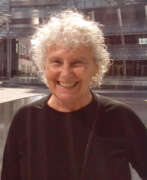

Renata Boero is an Italian artist and restorer.
After completing her liberal arts education in Switzerland, she worked at the Palazzo Rosso Museum in Genoa. It was during the restoration of old tapestry canvases that Boero began to experiment with the use of natural substances in painting. She uses plant elements in her artworks and installations.
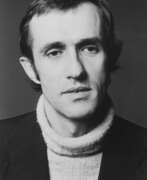

Alighiero Fabrizio Boetti, known as Alighiero e Boetti, was an Italian conceptual artist, considered to be a member of the art movement Arte Povera.
Perhaps best known is Boetti's series of large embroidered maps of the world, called simply Mappa.


Giovanni Boldini was an Italian genre and portrait painter who lived and worked in Paris for most of his career. According to a 1933 article in Time magazine, he was known as the "Master of Swish" because of his flowing style of painting.


